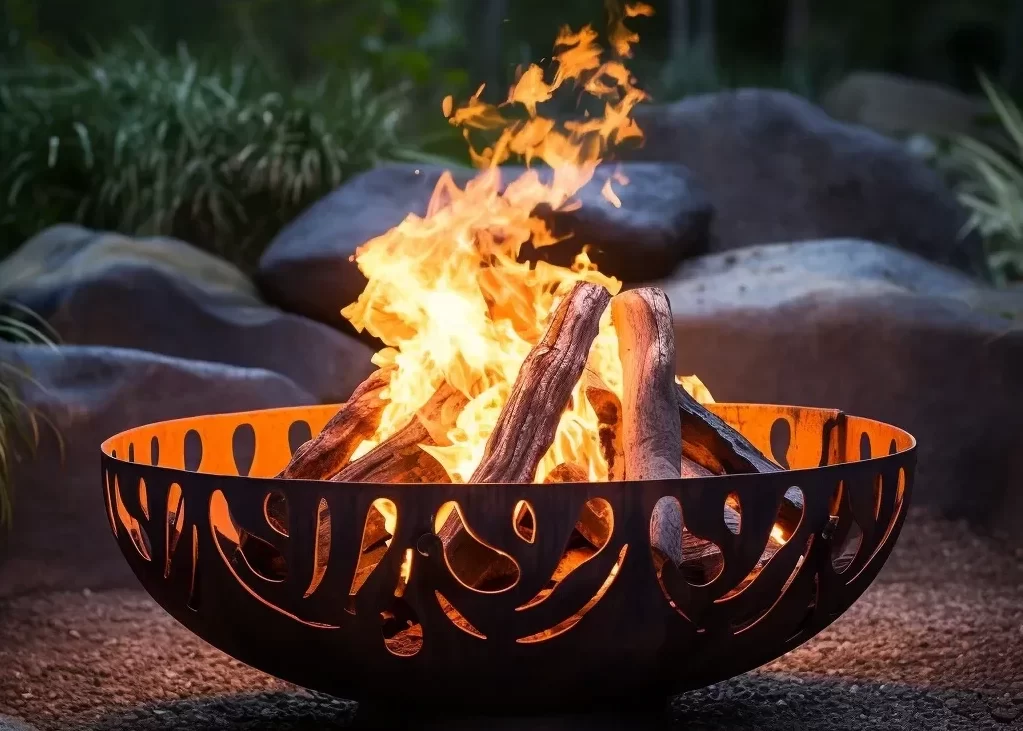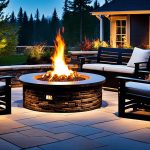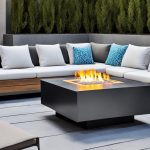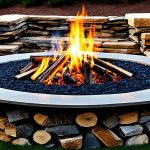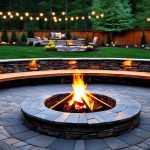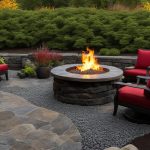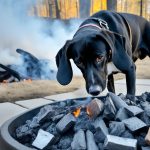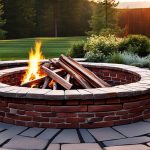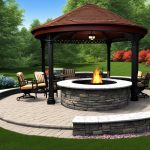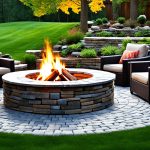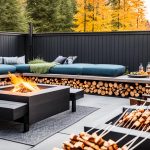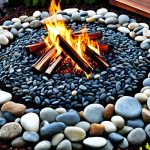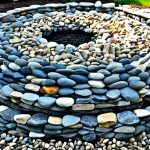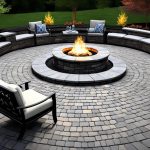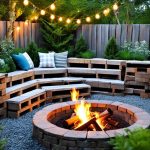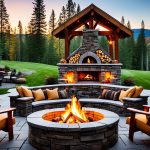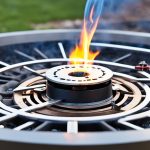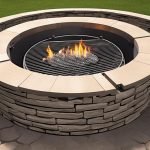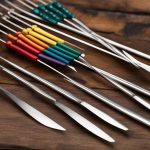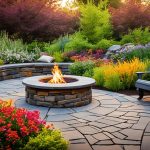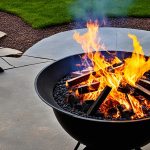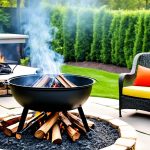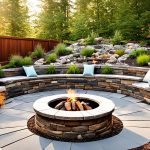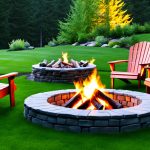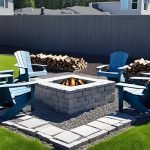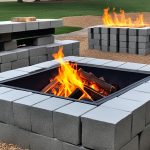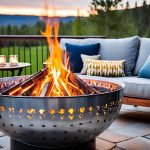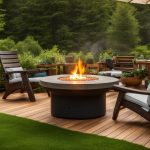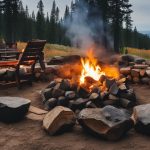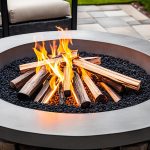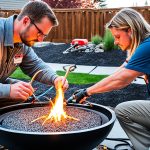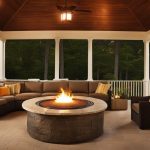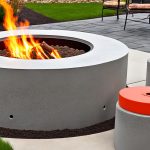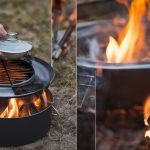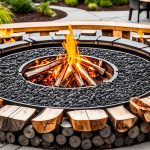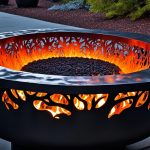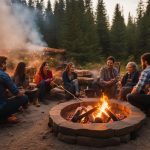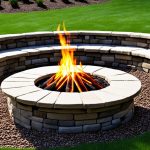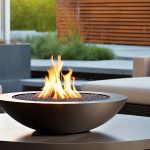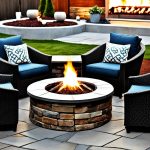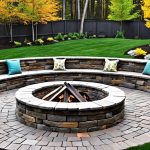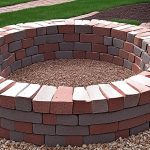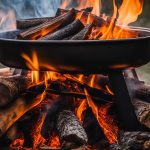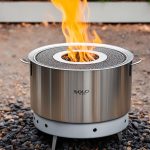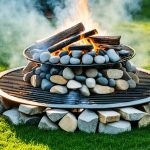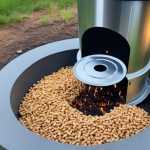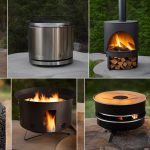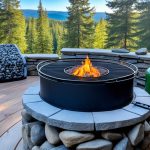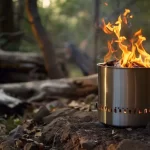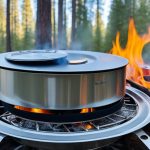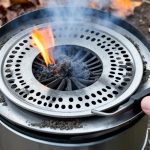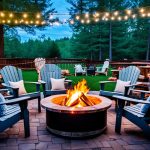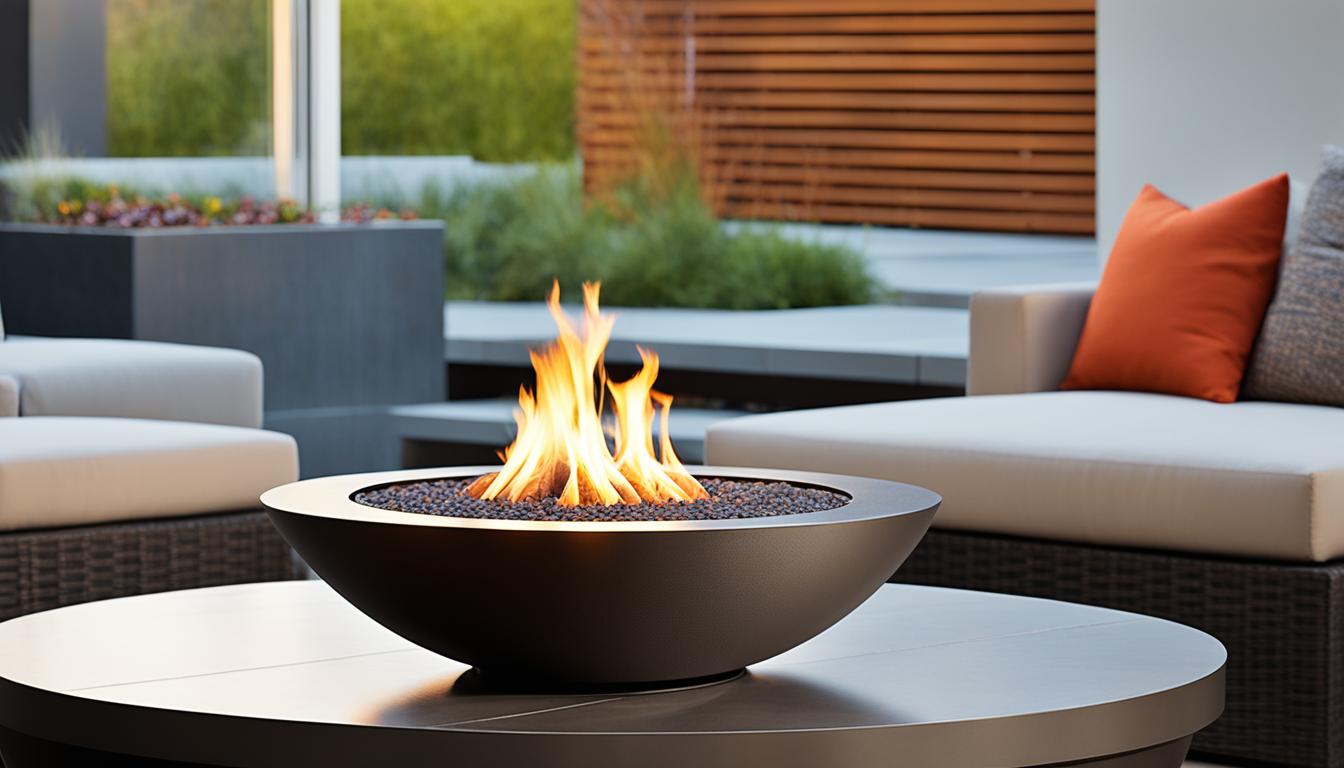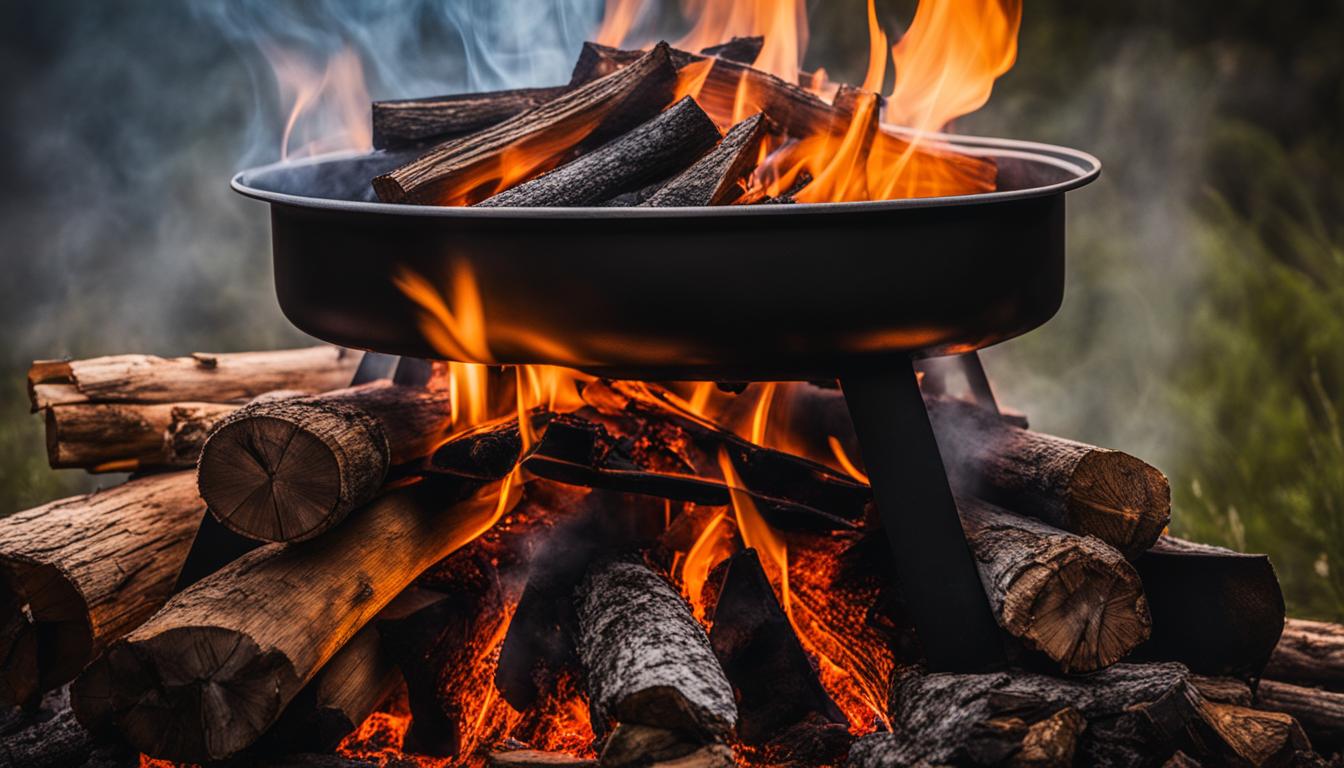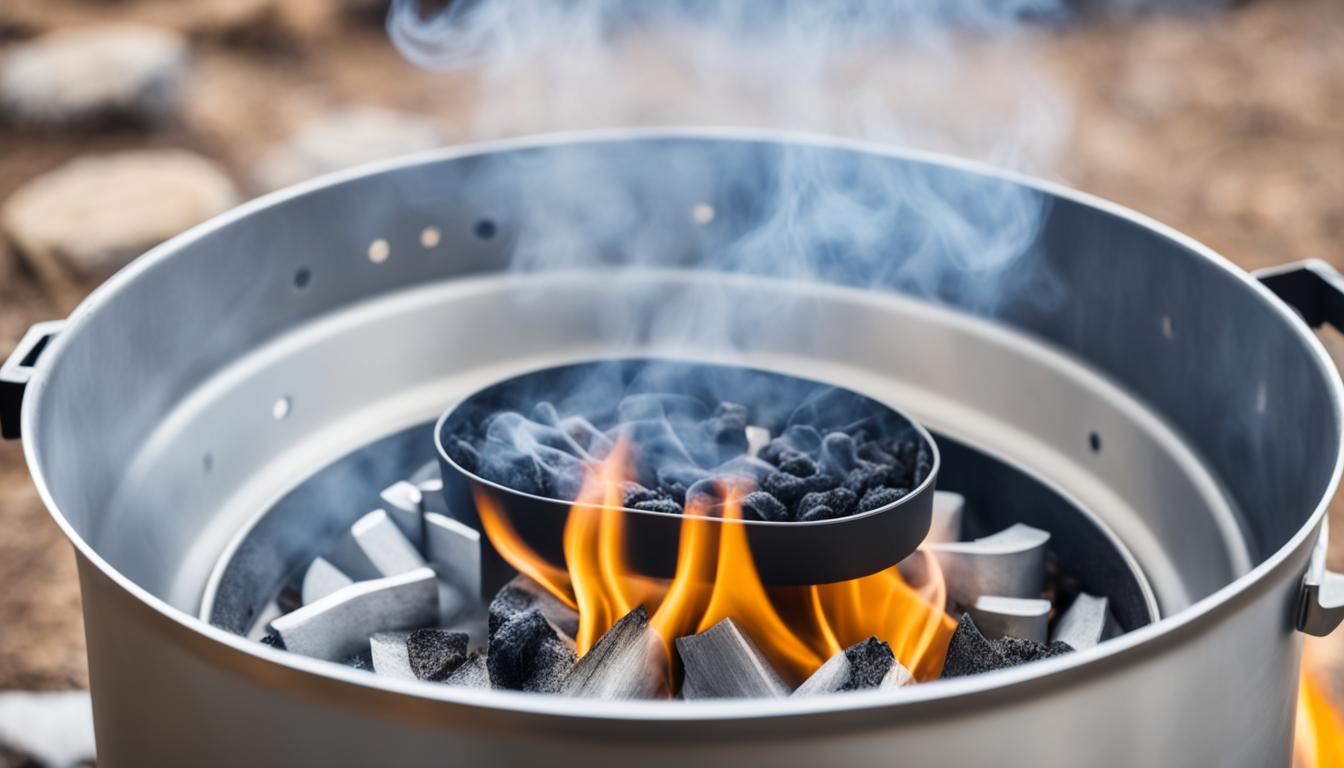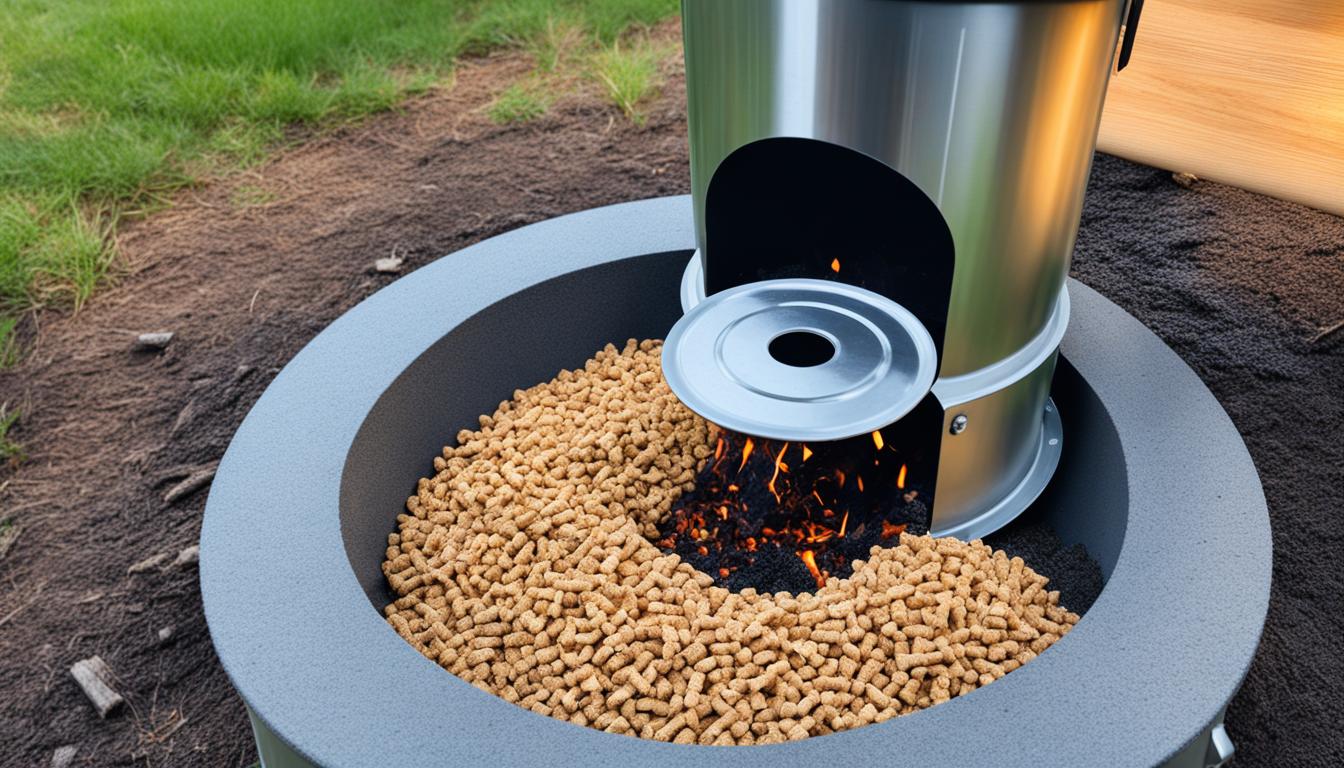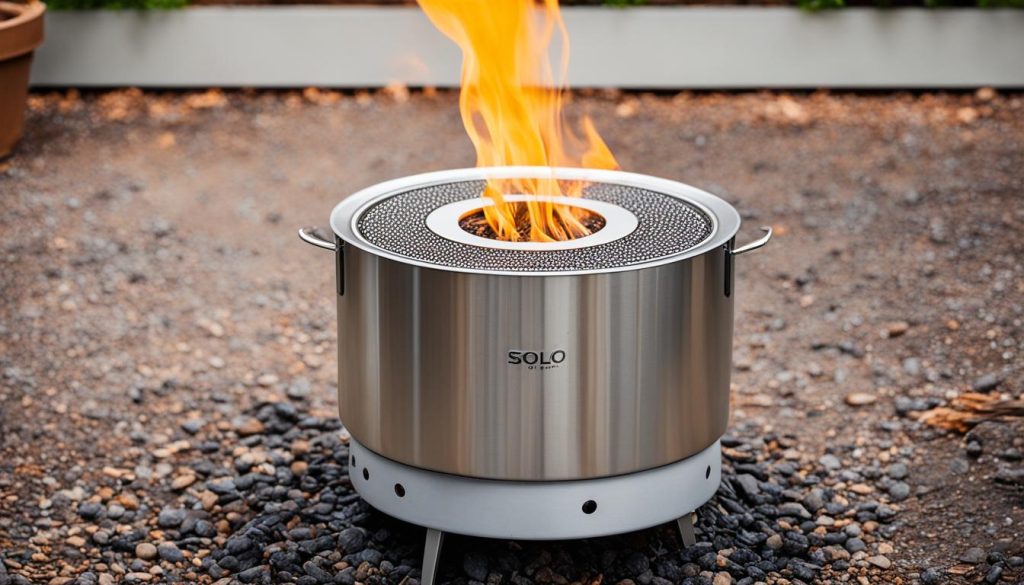
Imagine this: you’re out in the wilderness, surrounded by nature’s beauty, with the warm glow of a campfire lighting up the night. You gather around the fire with your friends, sharing stories and roasting marshmallows. But suddenly, you notice something off- your trusty solo stove, the heart of your outdoor cooking gear, shows signs of rust.
Do solo stoves rust? This is a common concern for outdoor enthusiasts who rely on their stoves for cooking and warmth during camping trips. The good news is, solo stoves are typically made of stainless steel, specifically 304 stainless steel, which is known for its high resistance to rust.
However, even the most durable materials can succumb to the elements if not properly taken care of. If left exposed to moisture for extended periods of time, solo stoves can develop rust. To prevent this, it’s crucial to understand how to maintain and care for your stove.
- Solo stoves are made of stainless steel, which has a high resistance to rust.
- Proper maintenance and care are essential to prevent rust on solo stoves.
- Choosing the right wood, storing the stove properly, and checking for rust regularly are important steps in rust prevention.
- By following these tips, you can prolong the life and performance of your solo stove.
Care Tips for Solo Stoves
To ensure the longevity of your solo stove and prevent rust, it is important to follow these care tips.
Choose the Right Wood
When using your solo stove for outdoor cooking, it’s essential to select the right wood for your fire pit. Wet or damp wood can create excessive smoke, making it harder to cook and clean up afterward. Opt for dry, seasoned wood that burns efficiently and produces less smoke.
Empty Ashes and Store Properly
After each use, make sure to empty the ashes from your solo stove. This not only prevents the buildup of ash but also allows for better airflow during future cooking sessions. Store your fire pit in a cool, dry location to protect it from moisture. A shed or garage is an ideal spot to keep it safe and ready for your next outdoor adventure.
Cover and Protect the Fire Pit
If you plan to store your solo stove outdoors, it is wise to cover it properly to shield it from the elements. Moisture and exposure to rain can lead to rust formation over time. Invest in a high-quality cover or tarp that fits your fire pit snugly. This simple step can go a long way in preventing rust and prolonging the life of your camping equipment.
Use a Stand on Heat-Sensitive Surfaces
If you’re using your solo stove on a heat-sensitive surface, such as grass or a wooden deck, it’s recommended to use a stand. A stand provides elevation and insulation, preventing direct contact between your stove and the surface below. This helps to minimize heat damage, discoloration, and potential fire hazards.
By following these care instructions, you can maintain the performance and appearance of your solo stove. Whether you’re cooking meals in the great outdoors or simply enjoying a cozy campfire, proper maintenance and care are essential to keep your camping equipment in top shape.
| Maintenance Tips for Solo Stoves |
|---|
| Choose the right wood for efficient burning |
| Empty ashes after each use |
| Store the fire pit in a cool, dry location |
| Cover the fire pit when stored outdoors |
| Use a stand on heat-sensitive surfaces |
Features and Specifications of Solo Stove
The Solo Stove Bonfire 2.0 is a popular smokeless fire pit made of stainless steel, known for its durability and resistance to rust. This portable fire pit measures 19.5 inches in diameter and stands at a height of 14 inches. Its compact size and lightweight design make it easy to transport and set up wherever you go. Featuring the Signature 360° Airflow system, the Bonfire 2.0 ensures a smokeless fire with improved combustion efficiency.
The Solo Stove Bonfire 2.0 is expertly crafted from high-quality stainless steel, providing long-lasting performance and the ability to withstand various weather conditions. Its sturdy construction and corrosion-resistant properties make it an ideal choice for outdoor enthusiasts, campers, and backyard gatherings.
In addition to its excellent functionality, the Bonfire 2.0 also comes with a convenient carrying case, allowing you to conveniently transport it to your favorite outdoor destinations. Whether you’re camping, hosting a backyard barbecue, or simply enjoying a cozy fire on a cool evening, this portable fire pit is sure to enhance your outdoor experience.
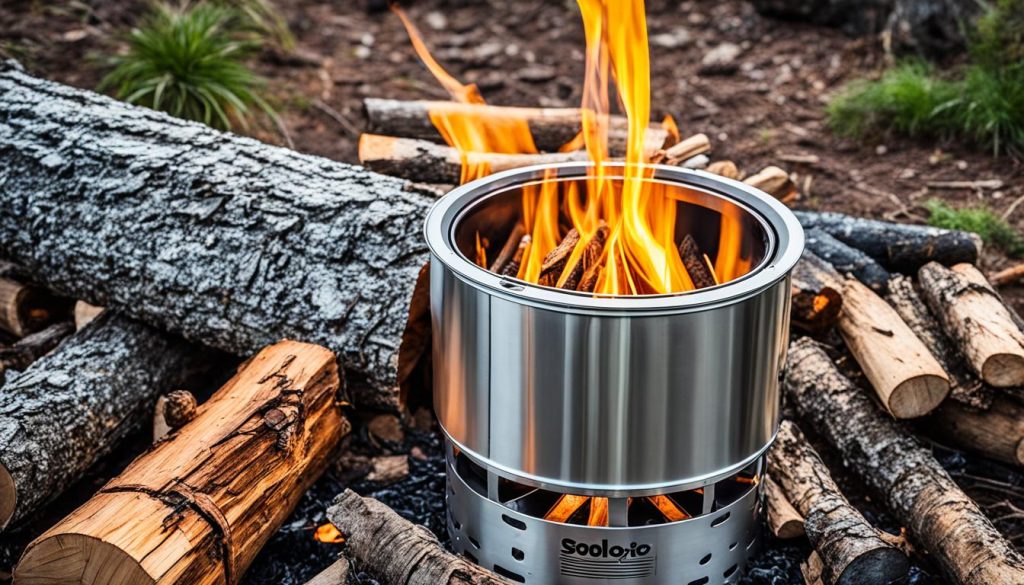
No matter where your adventures take you, the Solo Stove Bonfire 2.0 is the perfect companion for creating enjoyable and smokeless fires. Its innovative design, durable stainless steel construction, and portability make it a versatile and reliable choice for any outdoor setting.
Can I Leave My Solo Stove Outside?
While solo stoves are made of stainless steel and have some resistance to rust, it is not recommended to leave them outside for extended periods of time. Constant exposure to moisture can lead to rust formation, compromising the performance and longevity of your stove. To protect your solo stove from rust and ensure its durability, it is best to store it in a cool, dry location when not in use.
If leaving the stove outside is necessary due to space constraints or frequent use, there are measures you can take to minimize the risk of rust. One option is to use a suitable cover or tarpaulin to shield the stove from direct exposure to rain, snow, and other elements. This weather-proofing method can help prevent moisture from reaching the stove and causing rust.
However, it’s important to note that even with a cover, there is still a chance of moisture buildup, particularly during humid conditions. To further protect your solo stove, consider elevating it on a stand or platform to prevent direct contact with the ground. This can help reduce the likelihood of moisture seeping into the stove, enhancing its rust prevention capabilities.
Remember that proper outdoor storage is essential for the longevity of your solo stove. If you have the option, storing the stove in a shed or garage when not in use provides an additional layer of protection against rust. These indoor storage spaces offer a cool, dry environment that minimizes exposure to moisture and prolongs the life of your stove.
Ultimately, taking precautions to protect your solo stove from rust will contribute to its overall performance and durability. By implementing weather-proofing measures, using a suitable cover, and storing the stove in a cool, dry location, you can ensure that your outdoor cooking experience remains enjoyable for years to come.
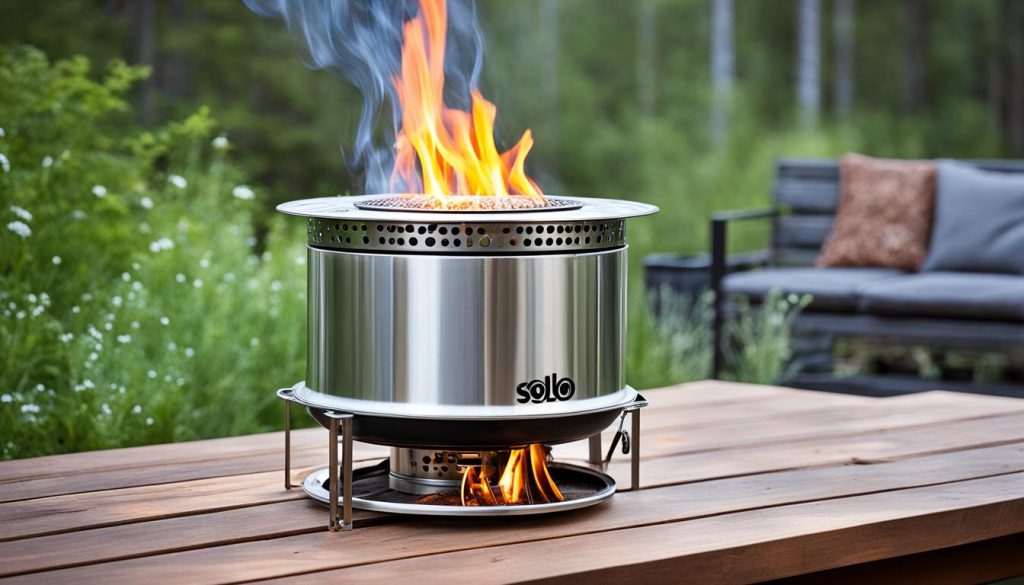
Preventing Rust on Solo Stoves
To ensure your solo stove remains in excellent condition and prevent rust formation, follow these essential maintenance tips:
- Store it in a sheltered area: When your solo stove is not in use, it’s recommended to bring it inside and store it in a cool, dry location. This will protect it from the elements and minimize exposure to moisture.
- Cover it up: If you can’t bring the stove indoors, covering it with a tarpaulin or specially-designed cover can provide an extra layer of protection against moisture. Make sure the cover fits properly and securely.
- Dry it off: After each use, thoroughly dry off your solo stove. Wipe away any excess moisture and ensure the stove is completely dry before storing it. This will prevent water from accumulating and causing rust.
- Oil the stove: Before long-term storage, consider oiling the stove with a cooking oil. Apply a thin, even layer of oil to the exterior surfaces of the stove, including the cooking grate. This helps repel moisture and provides a protective barrier against rust.
By following these maintenance practices, you can keep your solo stove in optimal condition and enjoy years of reliable outdoor cooking and warmth.
“Proper maintenance and care of your solo stove are crucial to prevent rust and ensure its longevity.”
Checking and Cleaning Solo Stoves
Regularly checking your solo stove for rust is an important part of maintenance. By addressing any rust promptly, you can prevent further damage and extend the lifespan of your stove. If you notice any signs of rust, here are a few steps you can take:
- Treat rust immediately: Use a rust treatment solution or a mixture of vinegar and water to remove rust from the affected areas of your solo stove. Scrub gently with a soft brush or sponge to avoid scratching the stainless steel surface.
- Consider the location: If you consistently notice rust on your solo stove, it may be beneficial to evaluate its placement. Consider moving the stove to a drier location or providing a protective cover when not in use.
- Burn well-seasoned wood: Burning well-seasoned wood can help protect your solo stove from excessive sap buildup, which can contribute to rust formation. Ensure that the wood you use is properly seasoned and dry before burning.
It’s important to note that discoloration may occur on your solo stove due to high-temperature burning. This is a normal characteristic of stainless steel and does not affect the stove’s performance or rust resistance.
Conclusion
Solo stoves, made of high-quality stainless steel, offer excellent resistance to rust. However, to ensure their longevity and prevent rust formation, it is crucial to provide the proper care and maintenance. By following a few simple steps, you can keep your solo stove in optimal condition for years of outdoor cooking enjoyment.
Firstly, selecting the right wood is essential. Avoid using wet or damp wood, as it can create more smoke and increase the difficulty of cleaning. Opt for well-seasoned wood for efficient burning and minimal sap buildup.
Proper storage is another important aspect of solo stove care. Empty the ashes after each use and store the stove in a cool, dry location. If you need to leave it outdoors, consider using a specially-designed cover or tarpaulin to protect it from moisture and the elements.
Regularly checking your solo stove for rust and addressing it promptly is crucial. Perform routine checks to spot any signs of rust and treat it immediately. Following these rust prevention tips, along with adhering to the manufacturer’s guidelines and recommendations, can help you maintain your outdoor cooking equipment in excellent condition.
Recommended
- Buy Solo Stove: Find Your the Best Retailer Online
- Master How to Use Solo Stove – Tips & Tricks
- Understanding How Solo Stove Works | Eco-Friendly Tech

